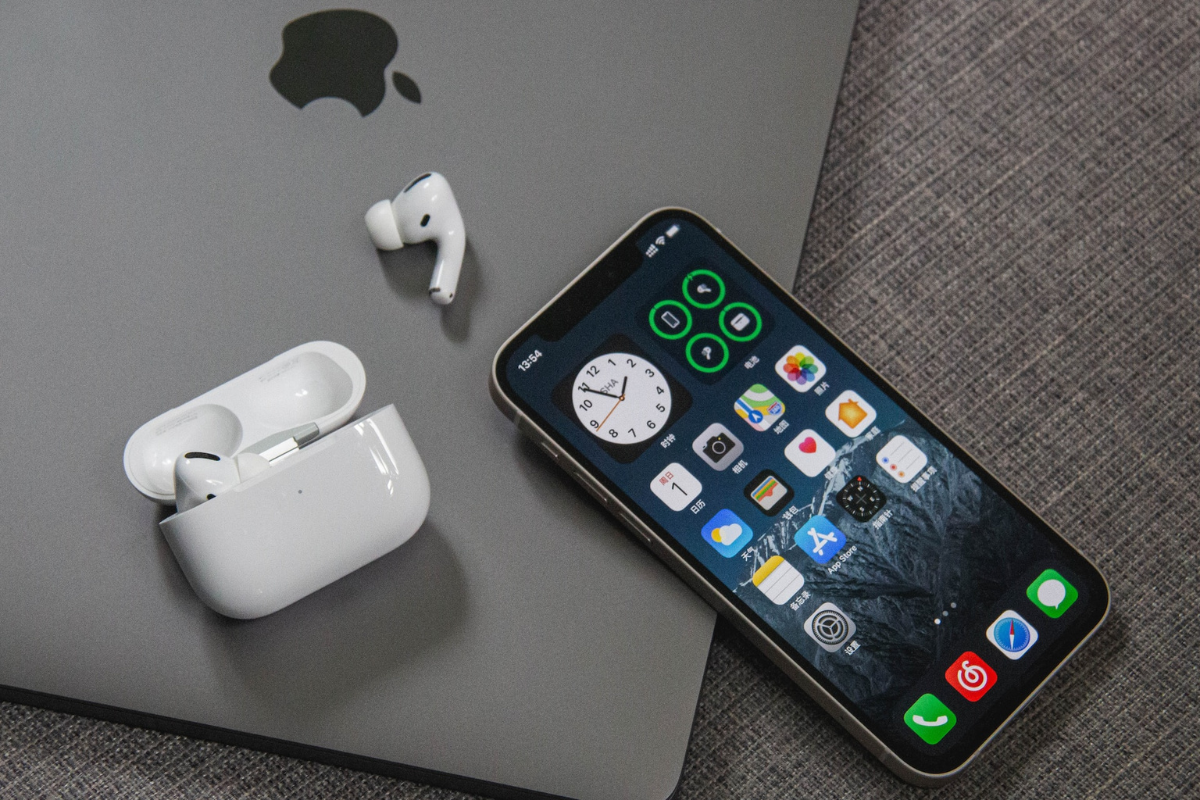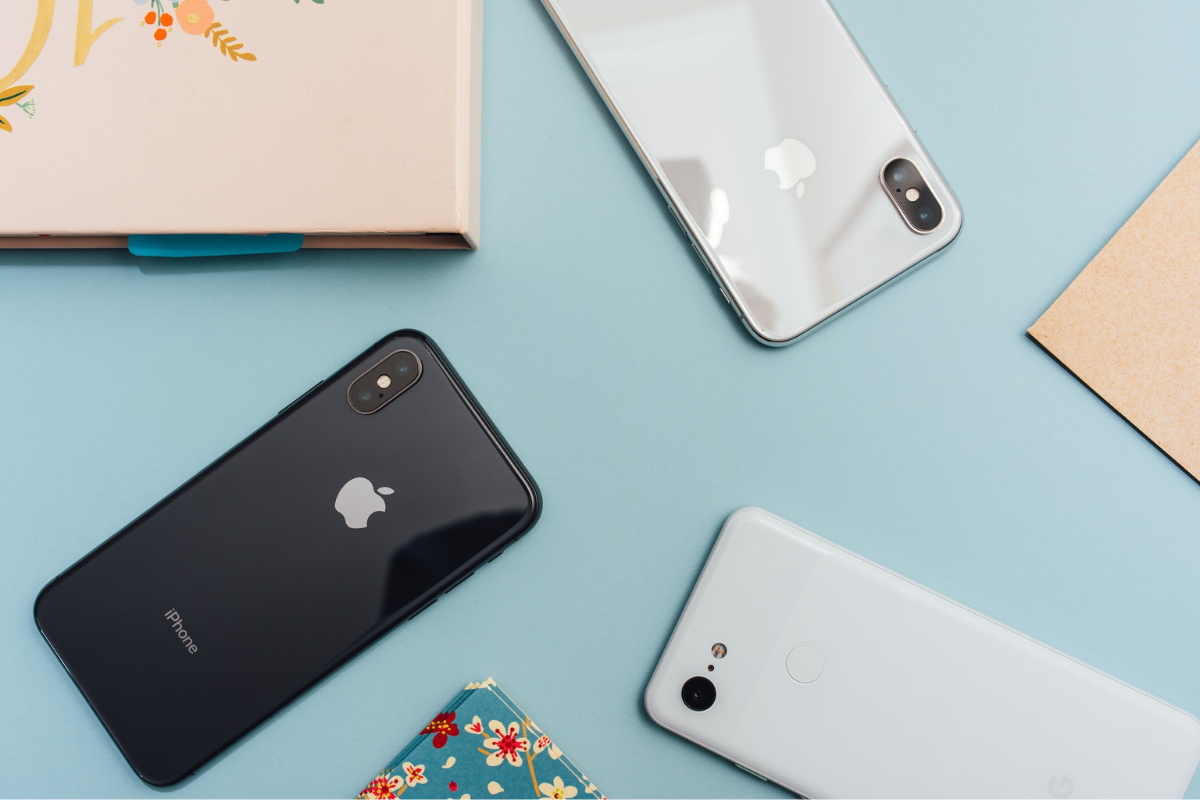If you’re running out of storage on your iPhone, you might be considering upgrading to a higher storage tier.
However, upgrading to iCloud storage can be expensive and might not be the best solution for everyone.
Fortunately, we are going to cover how to buy more storage on iPhone not iCloud.
One option is to buy an external storage device that can be connected to your iPhone.
These devices can provide additional storage space for your photos, videos, and other files.
Another option is to use a cloud storage service that offers a free or low-cost plan, such as Google Drive or Dropbox.
Table of Contents
ToggleUnderstanding iPhone Storage
If you’re running out of storage on your iPhone, it can be frustrating.
But before you go out and buy a new device, it’s important to understand how iPhone storage works.
Your iPhone has two types of storage: device storage and iCloud storage.
Device storage is the physical storage on your iPhone, while iCloud storage is a cloud-based storage service provided by Apple.
Your iPhone’s device storage is used to store apps, photos, videos, music, and other files.
When you download an app or take a photo, it’s stored on your device storage.
The amount of device storage available on your iPhone depends on the model you have.
For example, an iPhone with 64GB of storage has more device storage than an iPhone with 32GB of storage.
On the other hand, iCloud storage is used to store your photos, videos, documents, and other files in the cloud.
When you enable iCloud storage, your files are automatically uploaded to the cloud and can be accessed from any device.
It’s important to note that device storage and iCloud storage are separate.
If you’re running out of device storage, you can’t simply buy more iCloud storage to solve the problem.
However, you can use iCloud storage to free up device storage by storing your photos and videos in the cloud instead of on your device.
To check your iPhone’s device storage, go to Settings > General > iPhone Storage.
Here, you can see how much storage is being used by each app and file type.
If you’re running low on device storage, you can free up space by deleting apps you no longer use, deleting old photos and videos, or moving your files to iCloud storage.
Understanding how iPhone storage works is the first step in managing your device’s storage effectively.
By keeping track of your device storage and using iCloud storage wisely, you can ensure that you always have enough space for the things that matter most to you.

Assessing Your Storage Needs
Before buying more storage for your iPhone, it’s important to assess your current storage needs.
This will help you determine how much storage you need to buy and what data you can delete to free up space.
Here are some steps to help you assess your storage needs:
Checking Your Current Storage
The first step is to check your current storage.
To check your storage on an iPhone running iOS 11 or later, go to Settings > General > iPhone Storage.
Here, you’ll see a breakdown of your storage usage, including how much space is used by each app and file type.
Take note of which apps and files are taking up the most space.
This will help you identify which data to keep or delete.
Identifying Which Data To Keep or Delete
Once you know which apps and files are taking up the most space, you can start identifying which data to keep or delete.
Here are some tips:
- Delete apps you no longer use or need.
- Delete old photos and videos that are already backed up to iCloud or another cloud storage service.
- Delete old messages and attachments.
- Offload unused apps to free up space while keeping their data and documents.
By deleting unnecessary data, you can free up space and avoid buying more storage than you actually need.
Estimating How Much Storage You Need
After identifying which data to keep or delete, you can estimate how much storage you need.
Here are some factors to consider:
- The size of your current data (apps, photos, videos, etc.)
- How much additional data you plan to create or download in the future
- Whether you want to store data locally on your iPhone or in the cloud
Once you have a rough estimate of how much storage you need, you can decide which storage plan to buy.
Keep in mind that you can always upgrade or downgrade your plan later if your storage needs change.
Ways To Buy More Storage
If you’re running out of storage on your iPhone, don’t worry – there are several ways to buy more storage.
Here are three options to consider:
How To Buy More Storage On iPhone Not iCloud By Using External Storage Devices
If you want to store your data locally, you can use external storage devices.
One option is to use a lightning-to-USB drive, such as the iXpand drive.
Here’s how:
- Plug in the iXpand drive into the lightning charging port on your iPhone and click allow on the window that opens
- When the app opens, click on copy files
- Tap on copy photos from phone
- You now have the option to copy all pictures and videos to the flash drive or copy only selected photos.
Using external storage devices can be a cost-effective option if you have a lot of data to store.
However, keep in mind that you’ll need to carry the device with you if you want to access your data on the go.
Using iCloud Storage
iCloud storage is a great option if you want to store your data in the cloud.
You can easily upgrade your iCloud storage plan on your iPhone.
Here’s how:
- Go to Settings
- Tap on your name
- Tap iCloud
- Tap Manage Storage
- Select Change Storage Plan
- Choose the plan that works best for you
With iCloud storage, you can access your data from anywhere and easily share it with others.
However, keep in mind that iCloud storage can be more expensive than other options, especially if you need a lot of storage.

Upgrading Your iPhone Storage Plan
If you don’t want to use iCloud storage, you can also upgrade your iPhone storage plan.
Here’s how:
- Go to Settings
- Tap General
- Tap iPhone Storage
- Select Buy More Storage
- Choose the plan that works best for you
Upgrading your iPhone storage plan can be a good option if you don’t want to rely on cloud storage.
However, keep in mind that this option can be more expensive than using external storage devices.
Tips For Managing iPhone Storage
Deleting Unnecessary Data
One of the easiest ways to free up space on your iPhone is to delete unnecessary data.
This includes old photos and videos, unused apps, and large files like podcasts or music.
To delete an app, simply press and hold the app icon until it starts shaking.
Then, tap the “X” in the corner of the app icon to delete it.
To delete photos and videos, go to the Photos app and select the ones you want to delete.
Then, tap the trash can icon and confirm the deletion.
You can also use the “Recently Deleted” folder to permanently delete any photos or videos that you no longer need.
Offloading Unused Apps
If you have apps on your iPhone that you rarely use, you can offload them to free up space.
This will remove the app from your iPhone, but keep its data and documents.
To offload an app, go to Settings > General > iPhone Storage. Then, select the app you want to offload and tap “Offload App”.
If you ever need to use the app again, simply download it from the App Store and all of your data will be restored.
Enabling Optimize Storage Feature
The Optimize Storage feature is a great way to save space on your iPhone without having to manually delete anything.
This feature automatically removes old messages, attachments, and other data that you don’t need.
To enable this feature, go to Settings > Apple ID > iCloud > Photos.
Then, select “Optimize iPhone Storage”.
With these tips, you can easily manage your iPhone storage and make sure that you always have enough space for your important files and apps.











